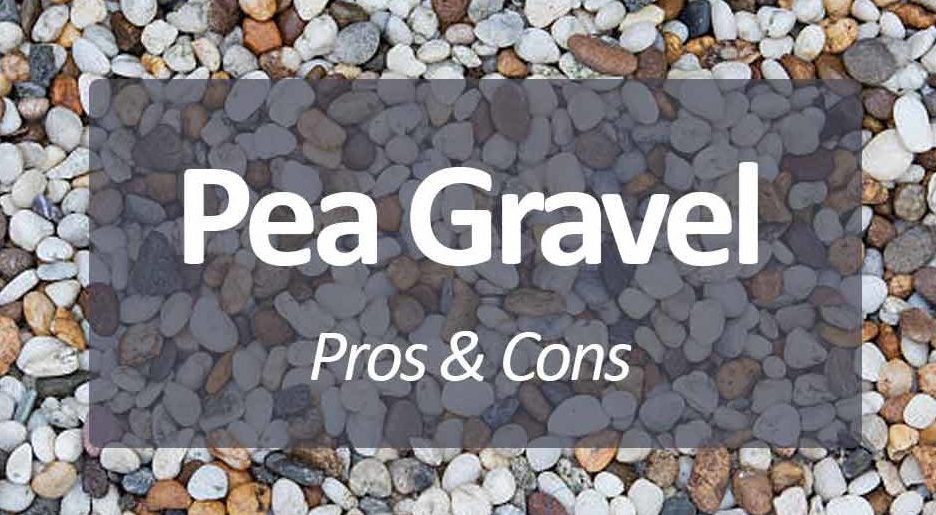Pea gravel is a popular hardscaping gravel; great for creating oriental gardens with projects such as patios, paths, and driveways. It’s made up of small pea-sized, smooth, and multi-colored pebbles, typically 1/4 inch or less in size.
Pea gravel is cost-effective, easy to install, and satisfying to walk on creating a nice crunch underfoot. It comes in a range of colors, including white, gray, red, and translucent shades. Most local suppliers offer pea gravel at a reasonable price, with decorative options ranging from $70 to $120 per ton of material.
However, pea gravel has its drawbacks too. Below we look at some of the pros and cons of this decorative gravel.
Pros:
1. Cost-friendly:
Pea gravel can be affordable depending on the supplier. Of course, it is cheaper than pavers and easier to lay than flagstones.
2. Easy to install:
With the right tools and matérielle, you can install a pea gravel patio or walkway in one or two weekends depending on the size.
This project does not require much technical know-how, but you will be required to level the ground and the gravel itself and set up edging to prevent the gravel from shifting. You might also need to mix some binder into the gravel to make it much more stable, and durable.
3. Durable & Easy to maintain:
Once properly installed, it is quite surprising how easy a pea gravel surface is to maintain.
Occasional raking and replenishment of the gravel to fill any low spots are all that is needed to keep it pristine and maybe the occasional use of a leaf blower.
4. Versatile:
Pea gravel is quite versatile offering a lot of design opportunities, especially in an informal garden. It can integrate seamlessly into any landscape, formal, informal, or anything in between.
Whether it is a path separating two garden beds, a straight walkway leading to a Georgian house, or a patio in a small cottage garden, pea gravel will manage to look at home.
This is in addition to the color palette that includes white cream, green, tan, grey, and black. The color of the pea gravel will, of course, depend on where it is derived.
5. Porous & eco-friendly:
Pea gravel has excellent drainage properties, making it ideal for permeable paving.
6. Prevents Weed Growth:
With a depth of at least 4 inches, pea gravel minimizes weed growth on your patio or pathway.
Cons:
1. Displacement:
Improper installation and the shifting of pea gravel cause unevenness that requires frequent replenishment. Installing a base layer of coarse gravel, edging or ground grid will minimize the shifting of this fine gravel.
Avoid pea gravel for heavy foot and vehicular traffic unless it is resin-bound or stabilized with a binder.
2. Variation in quality:
Not all pea gravel is built the same. Be sure you are buying quality pea gravel with smooth pebbles about the size of a pea. Pebbles should be smooth and about the size of a pea, not angular.
3. Limited availability:
In some areas, pea gravel can be hard or expensive to come by. In most areas, however, the color palette is limited, especially for bulk orders.
4. Outdoor Furniture Sinking:
Furniture may sink into the pea gravel patio since it does not form a solid base for furniture legs unless bound with a binder/glue.
5. Complicates Snow Removal:
Snow removal on pea gravel can be challenging in the winter.


